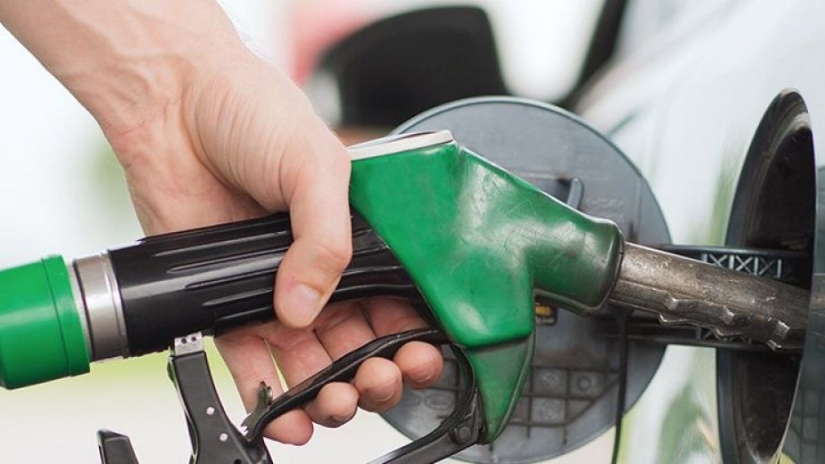
With rising fuel prices in South Africa, fleet managers need to optimise their fleets for maximum fuel efficiency. Here’s some driving tips on how to save fuel.
With South Africa’s recent downgrade to (technical) junk status, and the dark cloud of rising fuel prices looming over our heads, fleet managers are feeling the pressure to stretch their limited budgets as far as possible. Fuel makes up 40 to 50% of a fleet’s costs and so, naturally, this would be a good place to start when looking to decrease expenses.
Knowing how to save fuel will help your fleet minimise its losses due to wasted petrol from bad driving habits.
Here’s a list of techniques drivers can use to maximise their fuel efficiency:
- Don’t brake unless it’s completely necessary. Keeping a consistent, steady speed (slower is better) will maintain your momentum and save energy and fuel. Road rage and excessive speeding are the leading culprit of fuel wastage. Charl Grobler, Marketing and Product Planning Manager at Suzuki South Africa, writes, “aggressive driving can increase your fuel consumption by 33% at highway speeds and 5% around town”.
Driving slower avoids situations where you need to slam on brakes unnecessarily, as you have more time to predict the actions of other drivers or pedestrians. - If driving an automatic, don’t rest your foot on the brake pedal. Any pressure, no matter how light, can apply drag to your vehicle. This has a huge effect on your fuel economy - not to mention the wear and tear on your engine, transmission and brakes.
- Ensure that all your tyres are properly inflated. Check your fleet vehicles’ tyre pressure regularly to ensure that they’re not driving on underinflated tyres. When your tyre pressure is wrong, it can cause your car to drag which decreases fuel efficiency, wears down your tyres faster and can be a safety hazard.
- When possible, fill your petrol tank in cool weather. Liquids expand when they’re exposed to heat, so filling your tank early in the morning or in the cool evening air when the petrol is more compact will give you “more bang for your buck”.
- Make sure you’re in the right gear. Driving in the wrong gear gobbles fuel. Some automatic vehicles can remain in lower gears too long, so if you’re driving an automatic, lift your foot from the accelerator once you reach 50km/h. Once you reach the higher gears, stick to accelerating slowly. Your highest gear is your most fuel efficient gear, so try to get there as quickly as possible without labouring your engine.
- Streamline your vehicle. Wherever possible, avoid unnecessary extras (like roof racks) which affect the airflow around the vehicle. Any obstructions to the airflow around a car causes drag and has a huge impact on your fuel economy.
Teaching your drivers to be mindful of their fuel efficiency and driving habits will save your fleet a considerable amount in wasted petrol or diesel. These small changes to driver behaviour can really add up in the long run.
